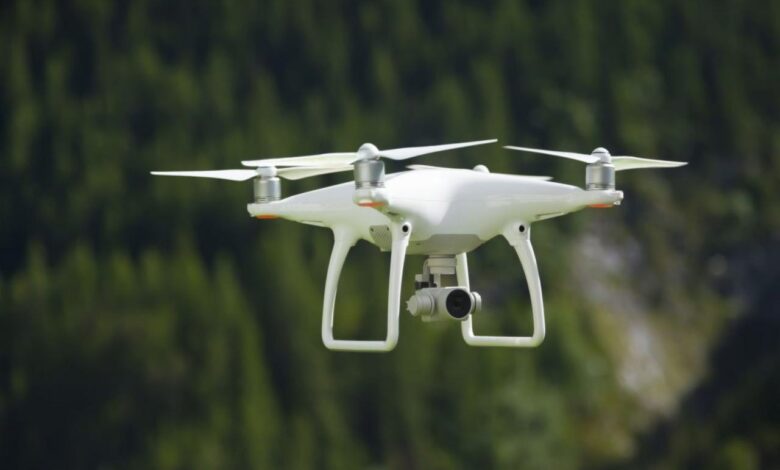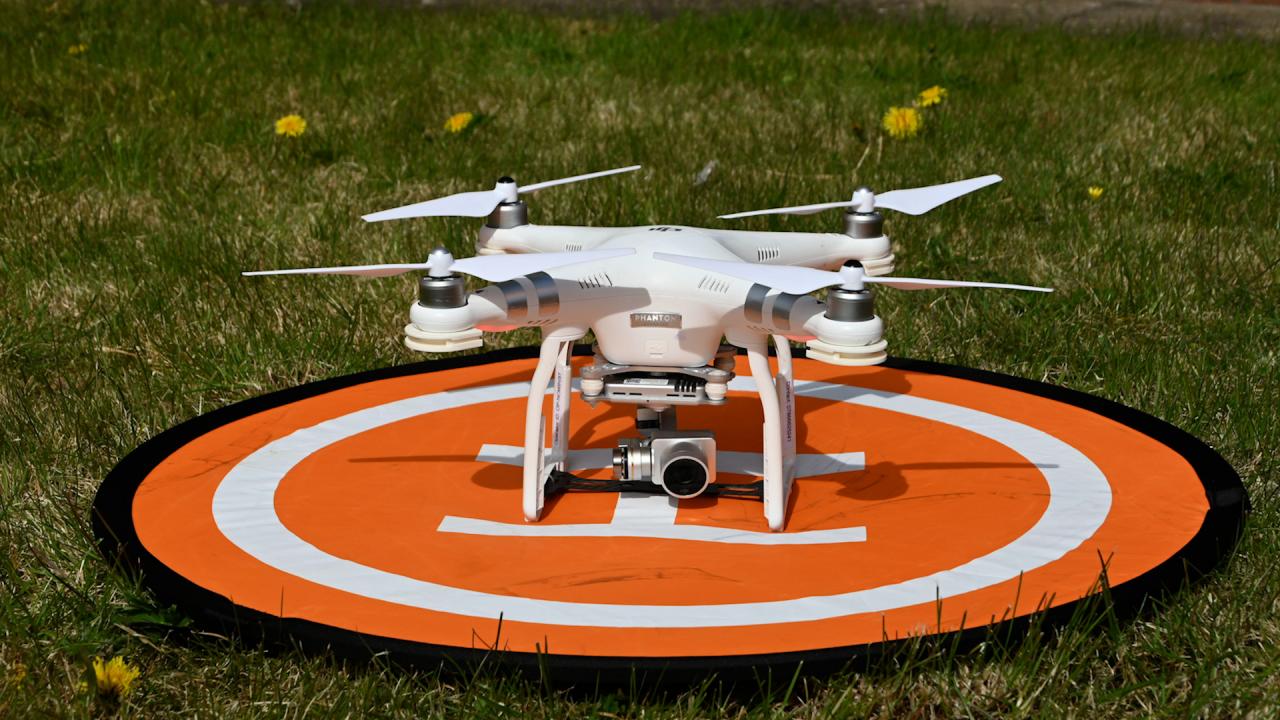The Age of Drones Manage Environments and Delivery Goods

The skies are no longer the exclusive domain of commercial aircraft and military jets. A new, quieter, and more versatile form of aviation has taken hold, heralding The Age of Drones. Once a niche technology for military reconnaissance, drones, also known as Unmanned Aerial Vehicles (UAVs), have evolved into a transformative tool with a staggering array of applications. This revolution is powered by rapid advancements in battery technology, GPS, sensor miniaturization, and artificial intelligence. They are not just toys for hobbyists; they are becoming a fundamental part of our infrastructure, changing how we conduct business, manage our environment, and even deliver goods. This article will take a deep dive into the key drivers behind the drone revolution, explore their disruptive applications across various industries, the ethical and regulatory challenges they present, and the profound impact they will have on our society and economy.
The Drone Revolution

The evolution of drones from a bulky military tool to a versatile civilian asset is a story of technological convergence. Several key innovations have made them smaller, smarter, and more accessible.
A. Miniaturization of Technology
The development of tiny, powerful sensors, cameras, and GPS modules has been a game-changer. These miniature components allow drones to carry high-resolution cameras and other equipment without a significant payload penalty. The miniaturization of inertial measurement units (IMUs) and flight controllers has made these devices incredibly stable and easy to fly. This has opened up a world of possibilities for civilian applications that were previously unthinkable.
B. Advancements in Battery Technology
The power source is the heart of any drone. The rapid improvement in lithium-polymer batteries has significantly increased flight times and power output, allowing drones to fly longer and carry heavier loads. The development of more efficient motors has also contributed to this, making each flight more productive. This is a critical factor for commercial applications that require long flight durations.
C. The Brains of the Operation
Early drones required constant human control. The new era is defined by a level of autonomy powered by artificial intelligence.
- Computer Vision: AI-powered computer vision allows drones to “see” and interpret their surroundings. They can identify objects, avoid obstacles in real-time, and navigate complex environments without constant human input. This is crucial for applications like autonomous delivery and inspection.
- Autonomous Navigation: Drones can now fly pre-programmed routes and adjust their flight path to account for wind, weather, and unexpected obstacles. This level of autonomy makes them more efficient and reliable for tasks like mapping and surveying large areas.
- Predictive Analytics: AI can analyze data collected by drones to predict maintenance needs for infrastructure, identify crop diseases, or forecast traffic congestion, turning raw data into actionable insights.
Applications Across the Board
The versatility of drones is leading to a revolution in a wide range of sectors, from agriculture and construction to logistics and emergency services.
A. Agriculture
Drones are transforming agriculture, enabling a new era of “precision farming.”
- Crop Monitoring: Drones equipped with multispectral sensors can fly over fields and provide farmers with detailed data on crop health, moisture levels, and pest infestations. This allows them to apply water, fertilizers, and pesticides only where they are needed, reducing waste and environmental impact.
- Automated Planting and Spraying: Specialized drones can be used for planting seeds or spraying pesticides with incredible precision, reducing the need for heavy machinery and minimizing soil disruption.
- Livestock Management: Drones can be used to monitor livestock, track their movements, and check on their health, a task that would be far more time-consuming and difficult on foot.
B. Construction and Infrastructure
In the construction and infrastructure industries, drones are increasing safety, efficiency, and accuracy.
- Site Surveying and Mapping: Drones can quickly create high-resolution 3D maps of a construction site, providing a more accurate and up-to-date view than traditional surveying methods.
- Progress Monitoring: By flying daily missions over a construction site, drones can provide project managers with real-time updates on progress, allowing them to identify and address delays immediately.
- Infrastructure Inspection: Drones can inspect dangerous and hard-to-reach infrastructure, such as bridges, power lines, and wind turbines, with a level of detail and safety that is impossible for a human inspector.
C. Logistics and Delivery
The biggest and most disruptive application of drones is in logistics and last-mile delivery.
- Package Delivery: Companies like Amazon and Zipline are already testing and deploying drone delivery services. Drones can deliver small packages quickly and efficiently, bypassing traffic congestion and providing a new level of convenience for customers.
- Medical Supply Delivery: In remote or underserved areas, drones are being used to deliver critical medical supplies, such as blood, vaccines, and organs, in a fraction of the time it would take with ground transportation.
- Warehouse Management: Drones can automate inventory management in large warehouses, flying between aisles to scan barcodes and provide a real-time count of goods, increasing efficiency and accuracy.
The Road Ahead

Despite the immense potential, the Age of Drones is not without its significant challenges, particularly in the areas of regulation, safety, and ethics.
A. Regulatory Frameworks and Airspace Management
The proliferation of drones in our skies presents a major challenge for regulators.
- Airspace Integration: We need a system to manage the airspace for both manned and unmanned aircraft, ensuring that drones can fly safely without interfering with commercial flights.
- Remote Identification: New regulations are being implemented that require drones to broadcast their identity and location, making it easier to monitor their activity and enforce rules.
- Certification and Licensing: The development of clear certification and licensing requirements for commercial drone pilots is crucial to ensure that operators are properly trained and follow safety protocols.
B. Safety and Security Concerns
The ease with which drones can be acquired and operated raises a number of security concerns.
- Public Safety: Rogue drones can pose a threat to public safety, especially near airports or large public events. The development of effective counter-drone technology is a growing field.
- Privacy: The use of drones with high-resolution cameras raises serious concerns about privacy and surveillance. Clear laws are needed to define where and how drones can be used to collect data.
C. Ethical and Societal Impact
The widespread use of drones will have a profound impact on society.
- Job Displacement: The automation of tasks like package delivery and inspection will likely lead to job displacement in some sectors, a challenge that requires proactive reskilling and training.
- The “Drone Divide”: A new kind of digital divide could emerge between those who have access to and can benefit from drone technology and those who do not.
- The New Urban Landscape: As drones become more common, our cities will need to adapt. This includes building landing pads for delivery drones and designing infrastructure that can support this new mode of transportation.
Conclusion
The Age of Drones is a revolutionary chapter in the history of aviation, moving the technology from the exclusive domain of military and government agencies into the hands of innovators, businesses, and everyday citizens. This transformation is fueled by a convergence of groundbreaking technologies, including the miniaturization of sensors, advancements in battery life, and the integration of powerful artificial intelligence. This synergy has unleashed a wave of applications that are fundamentally reshaping industries. In agriculture, drones are making farming smarter and more sustainable through precision monitoring and targeted applications. In construction, they are increasing safety and efficiency by providing a bird’s-eye view of project progress and enabling safe inspections of complex infrastructure. In the realm of logistics, drones are poised to redefine the supply chain, offering a faster and more efficient solution for last-mile delivery, particularly for life-saving medical supplies in remote areas.
However, as we embrace the immense potential of this technology, we must also confront the significant challenges that lie ahead. The rapid proliferation of drones in our skies necessitates the creation of new regulatory frameworks to ensure safety, manage airspace, and address the critical issues of security and public privacy. We must also proactively address the societal impacts, from the potential for job displacement to the ethical considerations of pervasive aerial surveillance. The future of drones is not just about the technology itself but about how we choose to integrate it into our society. The successful navigation of this new era will require a collaborative effort between governments, innovators, and the public to ensure that drones are used as a force for good. The Age of Drones is here, and it promises to build a future that is more efficient, connected, and intelligent, one flight at a time.




